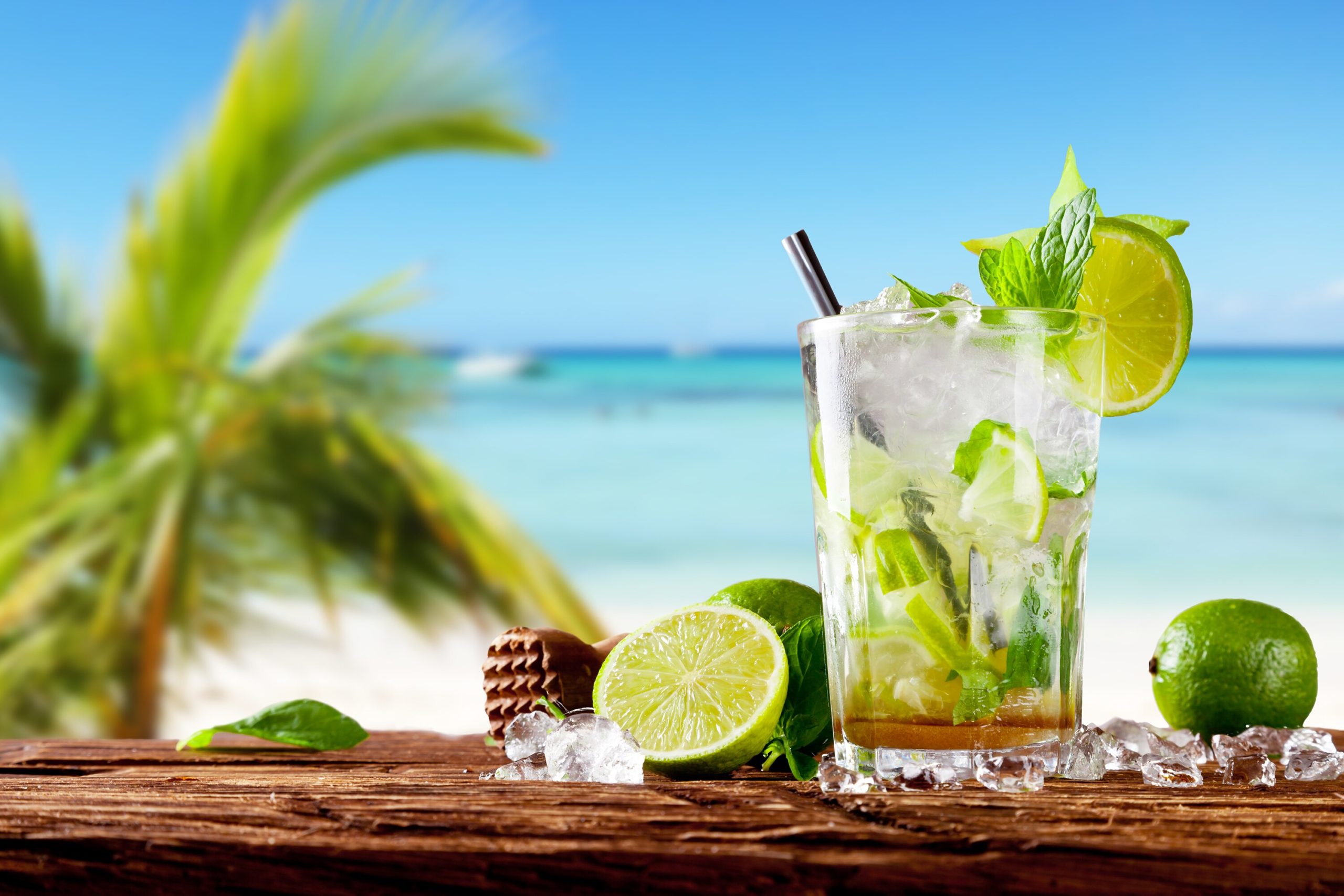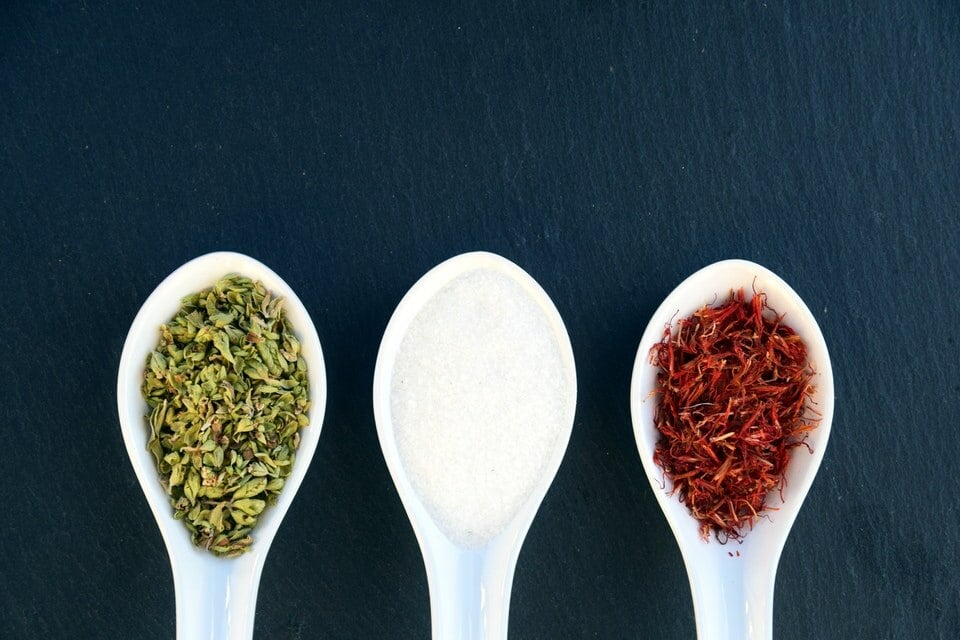
5 Best Recipes for Summer Alcoholic Drinks
When it?s hot outside there is nothing better than to chill out with a cool refreshing cocktail. It is always nice to have something a

Have you ever gone to the bathroom at a party after a few glasses of wine, looked in the mirror and wondered why your face looked so red all of a sudden? If the answer is yes, welcome to the club! It’s not uncommon to experience some degree of redness when drinking, but why does it happen? If we want to get technical “alcohol flush reaction” occurs when your body has trouble completely processing alcohol you’ve ingested.
Certain people are more susceptible to this phenomenon. The most common groups are from an Asian descent (in fact, almost 50% of people who have Chinese, Korean or Japanese ancestry report being afflicted alcohol flush reaction), a Jewish origin, and – because it’s genetic – having at least one parent who also suffers from alcohol flush as well.
The reddish glow you get after a drink or two isn’t the only way this condition can manifest itself, though. Other symptoms are:
Certain drugs (histamine-2 blockers, to be more specific) work to slow the breakdown of alcohol in your bloodstream. You’ve probably heard of Pepcid or Zantac, two of the most common H-2 blockers. There are also topical remedies in the form of lotions and balms that calm redness temporarily by narrowing the blood vessels in the skin . Brimonidine is an FDA-approved treatment for rosacea, another condition that can cause redness on the face, treats alcohol flush.
One of the ingredients in Fewer Regrets, Hovenia dulcis (H. dulcis) not only helps to treat hangovers and flush toxins from your body, but works to reduce swelling and redness. While the intricacies of exactly why and how the leaves, bark and fruit of this Japanese raisin tree helps the body to process alcohol are still not fully understood, it has been used as a hangover cure and way to combat alcohol flush in Eastern medicine for many, many years.
One theory involves a genetic mutation related to alcohol intolerance in certain men. Not only were their hangover symptoms less than those in a control group when given H. dulcis while drinking, they experienced less redness and facial flush as well.
Of course, the only real way to control alcohol flush reaction is by making sure not to drink too much. It helps to think of it the same way you drink to avoid a hangover and protect your liver. Sip slowly, drink water and never drink on an empty stomach. Oh, and if your go-to is a glass of red wine, you might want to think about switching – the tannin only increases flushing.
If you want to know for sure, talk to your doctor about testing for the gene.
For more information on alcohol, its affects, natural hangover cures and even cocktail recipes, check out our blog.

When it?s hot outside there is nothing better than to chill out with a cool refreshing cocktail. It is always nice to have something a

Alcohol consumption has become a fun way to pass the time, hang out with friends, and enjoy yourself. But, as much fun as it looks

Anyone who loves a good drink now and again but who wants to keep an eye on their figure can be mindful of the calorific

Did you go out drinking last night waking up the next morning with a pounding in your head regretting all the fun you had the


We have all had that “Is this going to last forever?” feeling the morning after a night out. When you’re suffering from the symptoms